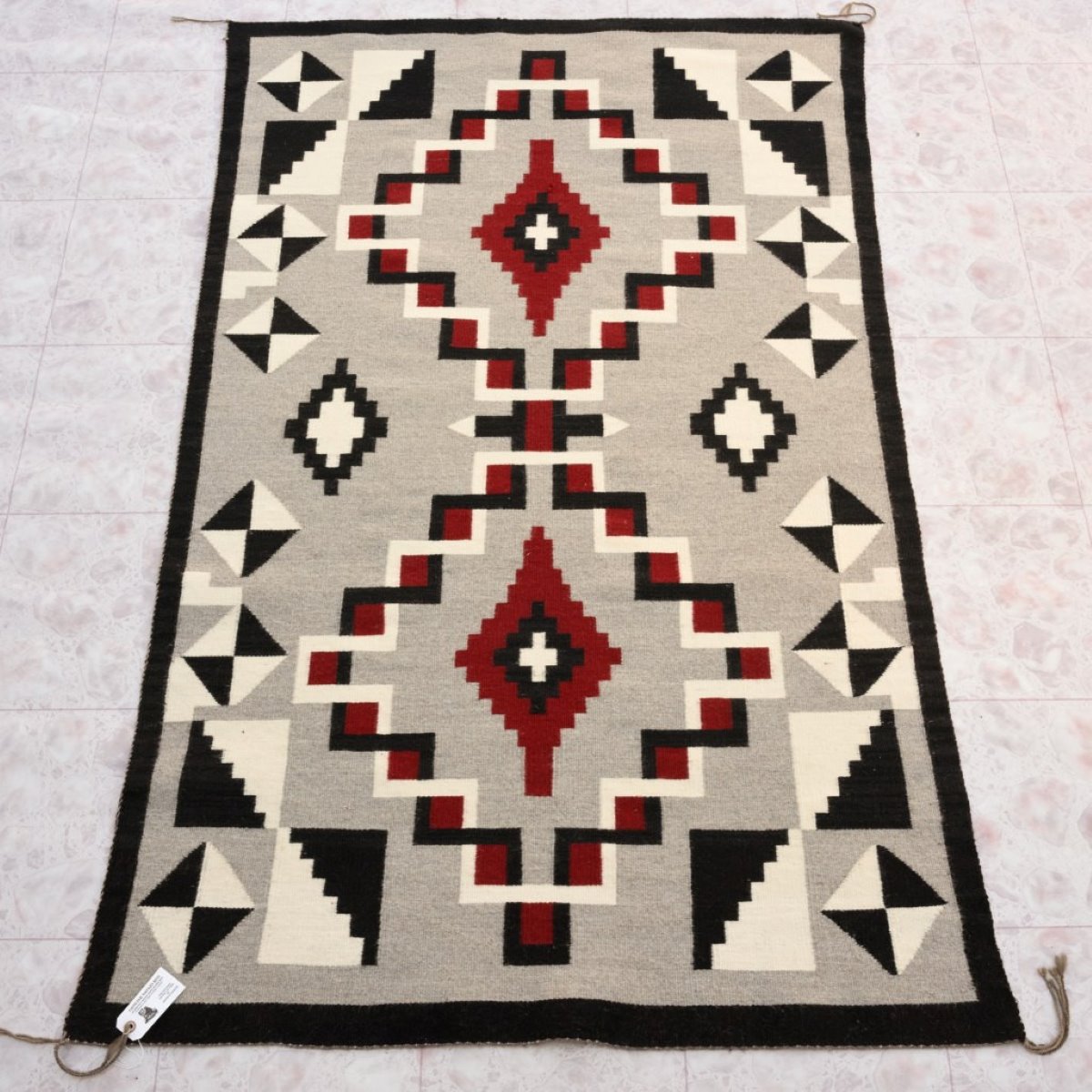

Articles
What Are The 4 Categories Of Navajo Rugs?
Modified: October 28, 2024
Learn about the different categories of Navajo rugs in this informative article. Discover the history and significance of these beautiful woven artworks.
(Many of the links in this article redirect to a specific reviewed product. Your purchase of these products through affiliate links helps to generate commission for Storables.com, at no extra cost. Learn more)
Introduction
Navajo rugs are a true testament to the rich cultural heritage and artistic skills of the Navajo people. These exquisite textiles have been handwoven by Navajo weavers for centuries, and their intricate designs and vibrant colors have captivated collectors and enthusiasts worldwide. Navajo rugs not only serve as functional accessories but also hold deep symbolic significance within the Navajo culture.
The history of Navajo rugs dates back to the 16th century when the Spanish introduced sheep to the Navajo people. This marked a significant turning point as the Navajo began to use the wool from their sheep as the primary material for weaving. Over the years, the art of Navajo rug weaving has evolved, incorporating new designs while preserving traditional techniques.
Navajo rugs are renowned for their unique patterns, which are influenced by nature, spiritual beliefs, and the weaver’s personal experiences. Each rug tells a story, showcasing the creativity, skills, and individuality of the weaver. From vibrant geometric patterns to intricate pictorial designs, Navajo rugs represent a beautiful blend of tradition, culture, and artistic expression.
In this article, we will explore the four main categories of Navajo rugs: Two Grey Hills rugs, Ganado rugs, Teec Nos Pos rugs, and Crystal rugs. Each category has its own distinct characteristics, designs, and historical significance.
Whether you are a seasoned collector or someone interested in learning about the rich history and cultural significance of Navajo rugs, this article will provide you with valuable insights into the world of Navajo rug weaving. Let’s delve into the intricate world of Navajo rug design and uncover the beauty that lies within each category.
Key Takeaways:
- Navajo rugs are a reflection of the rich cultural heritage and artistic skills of the Navajo people, with each category, such as Two Grey Hills, Ganado, Teec Nos Pos, and Crystal, showcasing unique designs, patterns, and regional influences.
- The categorization of Navajo rugs is influenced by factors such as geography, weaving techniques, designs, color palettes, and cultural traditions, highlighting the diverse range of styles and paying homage to the rich history and traditions of the Navajo people.
Historical Background of Navajo Rugs
The history of Navajo rugs can be traced back to the mid-17th century when the Spanish arrived in the Southwest region of North America. With them, they brought the Churro sheep, a hardy breed known for its long, durable wool. The arrival of these sheep marked a turning point for the Navajo people, as they began utilizing the wool as the primary material for weaving textiles.
Initially, the Navajo wove simple blankets for utilitarian purposes, but over time, their weaving techniques and designs became more intricate and evolved into the beautiful rugs we see today. The weaving process was traditionally done on vertical looms, with the weaver sitting on the ground and using a shuttle to pass the weft yarn through the warp threads.
The designs of Navajo rugs were influenced by the weaver’s surroundings, spiritual beliefs, and personal experiences. Nature played a significant role in inspiring the intricate patterns and motifs. Elements such as mountains, mesas, rivers, and animals were often depicted in the designs, representing the Navajo people’s deep connection to the land and their spiritual beliefs.
Navajo rugs gained recognition and popularity in the late 19th and early 20th centuries, as traders from the Euro-American market began to appreciate their craftsmanship and artistic value. Trading posts were established, where Navajo weavers could sell their rugs to a wider audience.
During this time, traders also started providing the weavers with commercially dyed wool, which introduced a wider range of colors into their designs. The weavers skillfully incorporated these vibrant colors into their traditional designs, creating visually stunning rugs that captured the attention of collectors and enthusiasts.
Today, Navajo rug weaving continues to be an integral part of the Navajo culture. Many weavers have passed down their skills and knowledge from generation to generation, ensuring the preservation of this traditional art form. While the methods and materials may have evolved over time, the core essence of Navajo rug weaving remains deeply rooted in the rich history and cultural heritage of the Navajo people.
In the next sections, we will explore the four main categories of Navajo rugs, each encompassing their own unique designs, patterns, and artistic traditions.
Traditional Navajo Rug Designs and Patterns
Navajo rugs are known for their intricate designs and patterns, which are deeply rooted in Navajo culture, mythology, and spirituality. These designs often reflect the natural elements of the Navajo homeland, such as the mountains, plants, and animals. Each design carries symbolic meaning and represents the weaver’s connection to their environment and traditions.
One of the most common design elements in Navajo rugs is the use of geometric patterns. These patterns feature intricate shapes, including diamonds, triangles, zigzags, and stepped motifs. Geometric designs can symbolize harmony, balance, and the interconnectedness of all things in Navajo culture.
Pictorial designs are another significant aspect of Navajo rug weaving. These designs depict real or imagined scenes, such as landscapes, animals, and figures. Pictorial rugs often tell stories or represent important cultural events and are highly sought after by collectors for their artistic and storytelling qualities.
Colored bands, also known as borders, are frequently incorporated into Navajo rug designs. These bands are usually found at the top and bottom of the rug and provide a frame for the central design. The colors and patterns of the bands can vary depending on the region and the weaver’s personal style.
Symbolism plays a crucial role in Navajo rug designs. Certain symbols have specific meanings within the Navajo culture. For example, the “whirling log” or “swastika” symbol represents good luck and protection. The “eye dazzler” pattern symbolizes transformation and growth, while the “spirit line” represents the weaver’s connection to the spiritual realm.
Natural dyes were traditionally used to color the wool in Navajo rugs. The weavers would extract pigments from plants, minerals, and insects to create a vibrant palette. Common natural dye colors include red, obtained from cochineal insects, and black, derived from juniper bark or graphite. Earth tones such as brown, tan, and gray were achieved using various plant materials.
Today, while some weavers maintain the use of natural dyes, many also utilize commercially available synthetic dyes, which offer a broader range of colors. However, there is still a deep appreciation for traditional natural dyes and their connection to the Navajo weaving heritage.
By incorporating these unique designs, patterns, and symbols, Navajo weavers create rugs that are not only visually stunning but also tell stories and reflect the cultural identity of the Navajo people. The next sections will focus on the four main categories of Navajo rugs, each with its own distinct style and traditions.
The Four Categories of Navajo Rugs
Navajo rugs can be categorized into four main categories, each with its own distinct characteristics and regional influences. These categories are Two Grey Hills rugs, Ganado rugs, Teec Nos Pos rugs, and Crystal rugs. Let’s explore each category and delve into the unique features that define them:
1. Two Grey Hills Rugs
Two Grey Hills rugs are known for their intricate geometric designs and the use of natural, undyed wool. They are named after the Two Grey Hills region in New Mexico, where this style of weaving originated. The weavers of Two Grey Hills rugs focus on creating finely spun, tightly woven rugs with a limited color palette, primarily consisting of white, black, and various shades of brown and gray. These rugs often have intricate patterns representing elements of nature, such as mountains and corn stalks.
Read more: What Category Are Coasters On Etsy
2. Ganado Rugs
Ganado rugs originated from the Ganado region in Arizona. They are characterized by bold, vibrant colors, including red, black, and white. Ganado rugs often feature large central motifs, such as diamonds or medallions, surrounded by intricate geometric designs. These rugs are highly sought after for their striking visual appeal and artistic craftsmanship.
3. Teec Nos Pos Rugs
Teec Nos Pos rugs take their name from the Teec Nos Pos region in the Four Corners area of the Navajo Nation. They are known for their complex and intricate designs, featuring multiple borders, stepped patterns, and vibrant color combinations. Teec Nos Pos rugs are often larger in size and can showcase both geometric and pictorial elements. The weavers of these rugs are known for their attention to detail and their ability to create highly intricate and visually stunning pieces.
4. Crystal Rugs
Crystal rugs were established in the Crystal region of New Mexico. These rugs are distinguishable by their use of bright pastel colors, intricate designs, and a distinctive central diamond motif. The weavers of Crystal rugs often incorporate pictorial elements, such as animals or figures, into their designs. These rugs are prized for their delicate beauty and the exquisite craftsmanship of the weavers.
It is important to note that while these categories have distinct characteristics, individual weavers often blend elements from different categories, creating unique and one-of-a-kind pieces that defy categorization.
Factors such as the weaver’s personal style, regional influences, and access to materials all contribute to the distinctiveness of each category. Regardless of the category, Navajo rugs are cherished for their exceptional beauty, cultural significance, and the artistry they represent.
Now that we have explored the four categories of Navajo rugs, we can appreciate the diversity and creativity that exists within this rich art form. In the next sections, we will further explore the factors that influence the categorization of Navajo rugs, as well as the cultural significance that these rugs hold for the Navajo people.
Two Grey Hills Rugs
Two Grey Hills rugs are named after the region in New Mexico where they originated. This style of Navajo rug weaving is characterized by its intricate geometric designs and the use of natural, undyed wool.
The weavers of Two Grey Hills rugs are known for their exceptional skill in creating finely spun, tightly woven textiles. The use of natural, undyed wool is a distinctive feature of Two Grey Hills rugs, giving them their signature color palette of white, black, and various shades of brown and gray. The weavers carefully select the wool to achieve different tones and textures, creating stunning visual effects in their rugs.
These rugs often feature intricate patterns inspired by the natural elements of the Two Grey Hills region, such as mountains, mesas, clouds, and corn stalks. The designs are typically geometric in nature, utilizing shapes such as diamonds, triangles, and zigzags. The weavers employ precise weaving techniques to create clean lines and balanced patterns.
One notable characteristic of Two Grey Hills rugs is the use of negative space. This technique involves leaving areas of the rug blank or lightly woven, allowing the natural color of the wool to create contrast with the woven designs. The contrast between the natural wool and the tightly woven patterns creates a visually striking effect in Two Grey Hills rugs.
Two Grey Hills rugs are celebrated for their exceptional craftsmanship and the complex weaving techniques employed. The weavers often spend months, or even years, working on a single rug, showcasing their dedication to their craft.
These rugs have a timeless elegance and have become highly sought after by collectors and enthusiasts. Their understated beauty, precision, and use of natural materials make them highly desirable pieces of Navajo textile art.
Two Grey Hills rugs not only represent the artistic prowess of the Navajo weavers but also hold cultural significance. They are a testament to the connection between the Navajo people and their environment, symbolizing the harmony and balance between humans and nature in Navajo culture.
While remaining steadfast in their traditional techniques, contemporary Two Grey Hills weavers also explore new designs and color combinations, infusing their rugs with a touch of modernity while staying true to the timeless appeal of this unique Navajo rug category.
Now that we have explored the intricacies of Two Grey Hills rugs, let’s dive into the second category of Navajo rugs, the Ganado rugs, known for their bold colors and striking designs.
Read more: What Tax Category Is Home Decor
Ganado Rugs
Ganado rugs, named after the Ganado region in Arizona, are known for their bold colors, striking designs, and rich cultural history. These Navajo rugs have become iconic symbols of Navajo weaving artistry.
One of the key features of Ganado rugs is their vibrant color palette. Red is the dominant color, often referred to as “Ganado Red,” and is achieved using natural and synthetic dyes. Black and white are also commonly used to create contrast and add depth to the designs. These bold and vibrant colors give Ganado rugs a captivating visual impact.
The designs of Ganado rugs typically feature large central motifs, such as diamonds, crosses, or medallions. These motifs are surrounded by intricate geometric patterns, including zigzags, serrated lines, and stepped designs. The weavers skillfully incorporate these elements to create visually stunning compositions that are both harmonious and visually engaging.
Ganado rugs have a significant historical background. In the late 19th and early 20th centuries, trader Juan Lorenzo Hubbell played a crucial role in developing the Ganado rug style. Hubbell introduced commercially produced red dye, which gave rise to the distinct “Ganado Red” color. He also encouraged weavers to incorporate larger pattern elements into their rugs, enabling Ganado rugs to stand out in the trading market.
Throughout their history, Ganado rugs have been sought after by collectors and tourists for their exceptional craftsmanship and cultural significance. They have become iconic representations of Navajo weaving and carry both artistic and historical value.
The creation of Ganado rugs requires expertise in weaving techniques, color selection, and design balance. Weaver cooperation and mentorship within the Ganado community have led to the evolution and refinement of this weaving style over generations.
Today, Ganado rugs continue to be cherished and celebrated for their bold designs and vibrant colors. They have become a symbol of the resilience and creativity of the Navajo people, representing cultural pride and the preservation of traditional weaving techniques.
As we delve into the next section, we will explore the third category of Navajo rugs, the Teec Nos Pos rugs, which captivate with their intricacy and visual complexity.
Teec Nos Pos Rugs
Teec Nos Pos rugs derive their name from the Teec Nos Pos region in the Four Corners area of the Navajo Nation. These rugs are known for their intricate designs, bold colors, and exceptional craftsmanship. Teec Nos Pos rugs are highly sought after by collectors and enthusiasts for their complexity and visual appeal.
One of the distinguishing features of Teec Nos Pos rugs is their intricate and elaborate designs. These rugs often incorporate multiple borders, stepped patterns, and geometric motifs. The weavers of Teec Nos Pos rugs showcase their remarkable skill in maintaining design consistency and balance throughout the rug.
The designs of Teec Nos Pos rugs can vary widely, but they often include elements such as diamonds, rectangles, triangles, zigzags, and other geometric shapes. These shapes are intricately woven together to create visually striking patterns. The use of contrasting colors further enhances the complexity and visual impact of these rugs.
Color plays a vital role in Teec Nos Pos rugs. The weavers use a wide range of vibrant hues, including red, black, white, yellow, and green. These colors are carefully selected to create dynamic contrasts and to highlight the intricate patterns within the design.
Teec Nos Pos rugs are often larger in size compared to other Navajo rug categories. The larger dimensions allow the weavers to showcase their artistry and attention to detail. These rugs can serve as stunning focal points in any room, captivating viewers with their intricate patterns.
The weavers of Teec Nos Pos rugs are known for their exceptional technical skill and meticulous attention to detail. Creating a Teec Nos Pos rug may require months, if not years, of dedication and precision. The weavers take great pride in their work, upholding the longstanding traditions of their craft.
Teec Nos Pos rugs are not only treasured for their aesthetic beauty but also hold cultural significance. They are a testament to the skill, creativity, and cultural identity of the Navajo people. These rugs have become interwoven with Navajo history and tradition, representing the artistic achievements and storytelling prowess of their weavers.
As we continue our exploration of Navajo rugs, we will now delve into the fourth category, Crystal rugs, known for their delicate beauty and pastel colors.
Crystal Rugs
Crystal rugs, named after the Crystal region in New Mexico, are characterized by their delicate beauty, intricate designs, and pastel colors. These Navajo rugs possess a distinct charm that sets them apart from other categories.
The key feature of Crystal rugs is their use of bright pastel colors. Soft shades of pink, blue, lavender, and yellow create a gentle and ethereal aesthetic. These colors are achieved using both natural and synthetic dyes, carefully selected to evoke a sense of serenity and tranquility.
The intricate designs of Crystal rugs often incorporate a distinctive central diamond motif, hence the name “Crystal.” These central diamonds are surrounded by intricate borders and geometric patterns, creating a visually captivating composition. The weavers of Crystal rugs employ precise weaving techniques to ensure the clean lines and balanced proportions of their designs.
Crystal rugs are known for their fine craftsmanship and attention to detail. The weavers often use very fine yarns and tightly woven techniques to create intricate patterns with exceptional clarity. These rugs require a high level of skill and patience, as even the smallest mistake can disrupt the overall design.
The delicate beauty of Crystal rugs has made them highly sought after by collectors and interior designers. They add a touch of elegance and sophistication to any space and are often displayed as works of art.
Crystal rugs hold cultural significance for the Navajo people, representing a tradition of excellence in craftsmanship and design. The weavers take great pride in their ability to create rugs that reflect not only their skills but also their connection to their cultural heritage.
While Crystal rugs have a unique style, individual weavers often incorporate elements from other categories, creating pieces that defy strict categorization. The fusion of different influences and techniques adds further depth and richness to Crystal rugs.
As we conclude our exploration of the four main categories of Navajo rugs, it is important to note that each category represents not only a distinctive style but also the artistic expression, cultural heritage, and storytelling traditions of the Navajo people.
Navajo rugs are a testament to the creativity and resilience of the Navajo weavers, showcasing their skill and dedication to preserving this ancient craft. These rugs continue to captivate and inspire, carrying with them the rich history and cultural significance of the Navajo people.
Factors Influencing the Categorization of Navajo Rugs
The categorization of Navajo rugs is influenced by several factors that contribute to their distinctive styles, designs, and regional influences. These factors help differentiate and classify the rugs into specific categories. Here are some key factors that play a role in the categorization:
1. Geography and Region
The geographic location and region where a Navajo rug is created have a significant impact on its categorization. Different regions have their own unique weaving traditions, designs, and color palettes. Rug styles such as Two Grey Hills rugs, Ganado rugs, Teec Nos Pos rugs, and Crystal rugs are associated with specific regions like Two Grey Hills, Ganado, Teec Nos Pos, and Crystal, respectively.
2. Weaving Techniques
The weaving techniques employed by Navajo weavers also contribute to the categorization of rugs. Each category may have distinct weaving techniques and styles that are characteristic of that particular category. Factors such as the tightness of the weave, the use of negative space, and the precision of the patterns can vary from category to category.
3. Designs and Patterns
The designs and patterns used in Navajo rugs are vital in categorizing them. Different categories have their own specific motifs, color combinations, and geometric patterns. Two Grey Hills rugs often feature intricate geometric designs and natural wool colors, while Ganado rugs are known for bold colors and large central motifs. Teec Nos Pos rugs showcase complex patterns with multiple borders, and Crystal rugs exhibit delicate pastel colors and the central diamond motif.
4. Color Palette
The color palette used in Navajo rugs is determined by the availability of natural dyes or commercially produced dyes. Different categories may use specific color schemes or emphasize certain colors. For example, Two Grey Hills rugs predominantly use natural, undyed wool colors, while Ganado rugs feature the signature “Ganado Red.” Teec Nos Pos rugs and Crystal rugs utilize vibrant and pastel hues, respectively.
Read more: What Category Does Construction Fall Under
5. Cultural Traditions
Cultural traditions play a significant role in the categorization of Navajo rugs. Each category has its own unique cultural heritage, symbolism, and storytelling traditions that are reflected in the rug designs. These cultural elements are passed down through generations of weavers, preserving the authenticity and significance of each category.
By considering these factors, Navajo rugs can be categorized and appreciated for their individual characteristics, cultural significance, and artistic expressions. The categorization provides a framework for understanding the diverse range of Navajo rug styles and pays homage to the rich history and traditions of the Navajo people.
As we conclude this exploration, it’s evident that Navajo rugs are not only exquisite pieces of art but also a testament to the deep-rooted cultural heritage and artistic legacy of the Navajo people. These rugs continue to captivate collectors, enthusiasts, and art appreciators worldwide, showcasing the remarkable skills, creativity, and resilience of Navajo weavers.
Conclusion
Navajo rugs are more than just textiles; they are a testament to the rich cultural heritage and artistic skills of the Navajo people. These rugs have captivated the world with their intricate designs, vibrant colors, and deep symbolism.
Throughout history, Navajo rug weaving has evolved and adapted, incorporating new techniques and designs while preserving the traditional values and cultural significance. The categorization of Navajo rugs into Four Corners categories, such as Two Grey Hills rugs, Ganado rugs, Teec Nos Pos rugs, and Crystal rugs, helps us appreciate the diversity and unique characteristics of Navajo rug weaving.
Each category of Navajo rugs represents the distinct styles, patterns, and regional influences that have developed over time. Two Grey Hills rugs showcase intricate geometric designs using natural, undyed wool. Ganado rugs proudly display bold colors and large central motifs. Teec Nos Pos rugs astonish with their complexity and intricate patterns. Crystal rugs charm with delicate beauty and pastel hues.
Various factors, such as geography, weaving techniques, designs, and color palettes, influence the categorization of Navajo rugs. The weavers’ cultural traditions and storytelling traditions intricately weave their heritage into every rug they create.
Navajo rugs continue to be celebrated for their exceptional craftsmanship, artistic expression, and cultural significance. These rugs not only add beauty to any space but also serve as a symbol of the rich history and traditions of the Navajo people.
As we marvel at the intricate patterns and vibrant colors of Navajo rugs, let us remember the dedication and skill of the Navajo weavers. Their artistry and passion have created masterpieces that transcend time and culture.
By appreciating and supporting Navajo rug weaving, we contribute to the preservation of this ancient art form and honor the profound impact it has had on the Navajo people and the world of art. Navajo rugs are not merely textiles; they are expressions of a vibrant culture, a testament to the enduring spirit of the Navajo people.
Frequently Asked Questions about What Are The 4 Categories Of Navajo Rugs?
Was this page helpful?
At Storables.com, we guarantee accurate and reliable information. Our content, validated by Expert Board Contributors, is crafted following stringent Editorial Policies. We're committed to providing you with well-researched, expert-backed insights for all your informational needs.
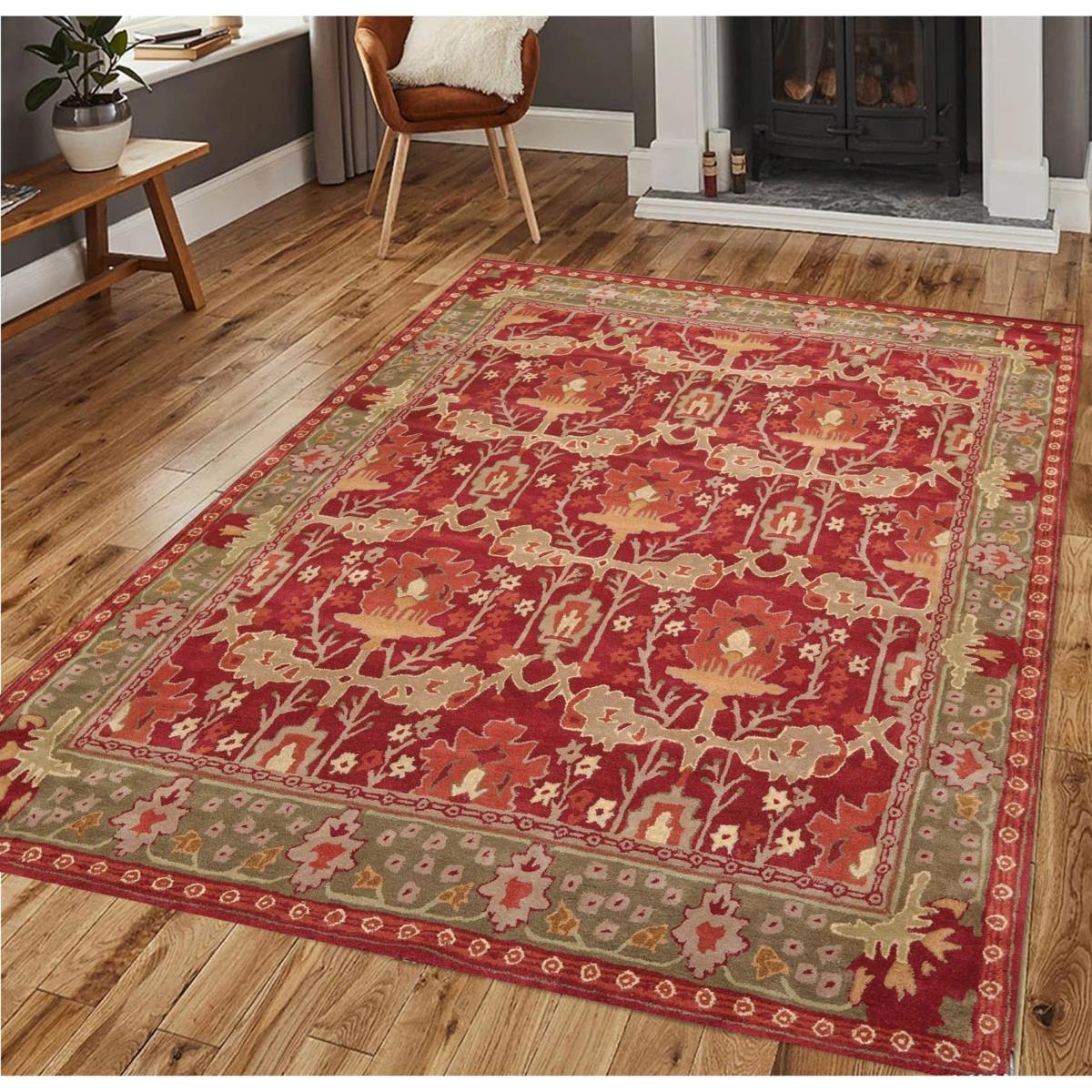

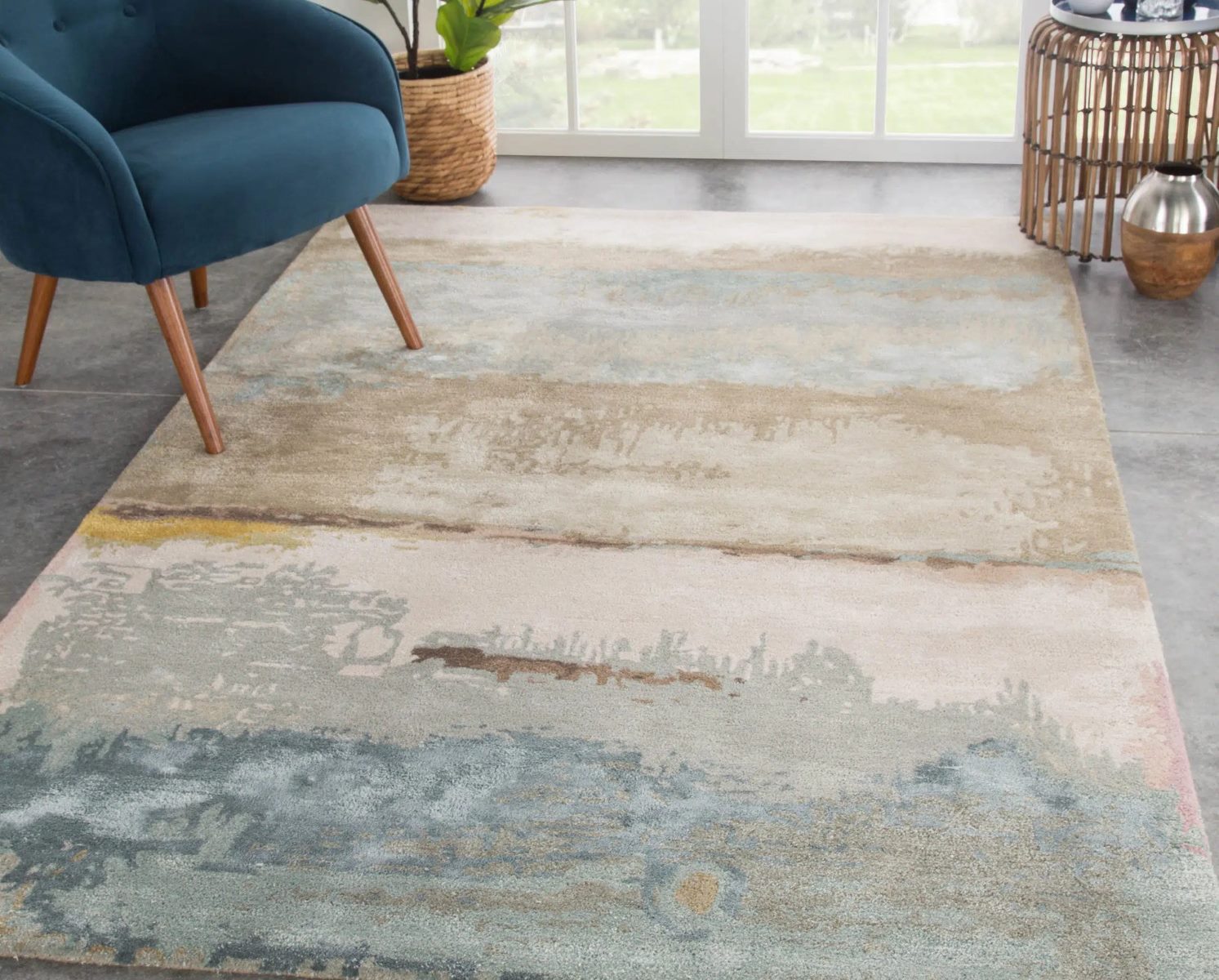


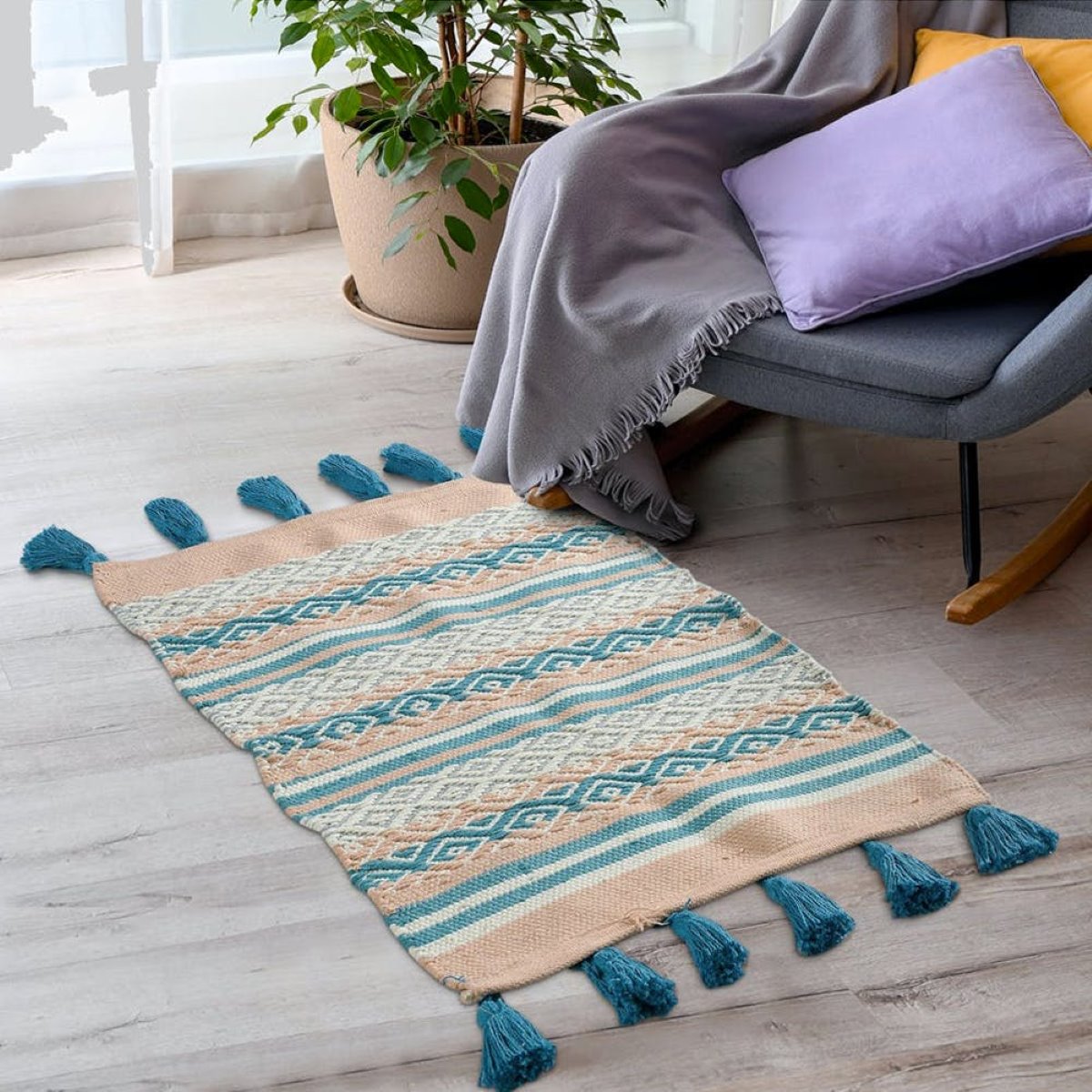

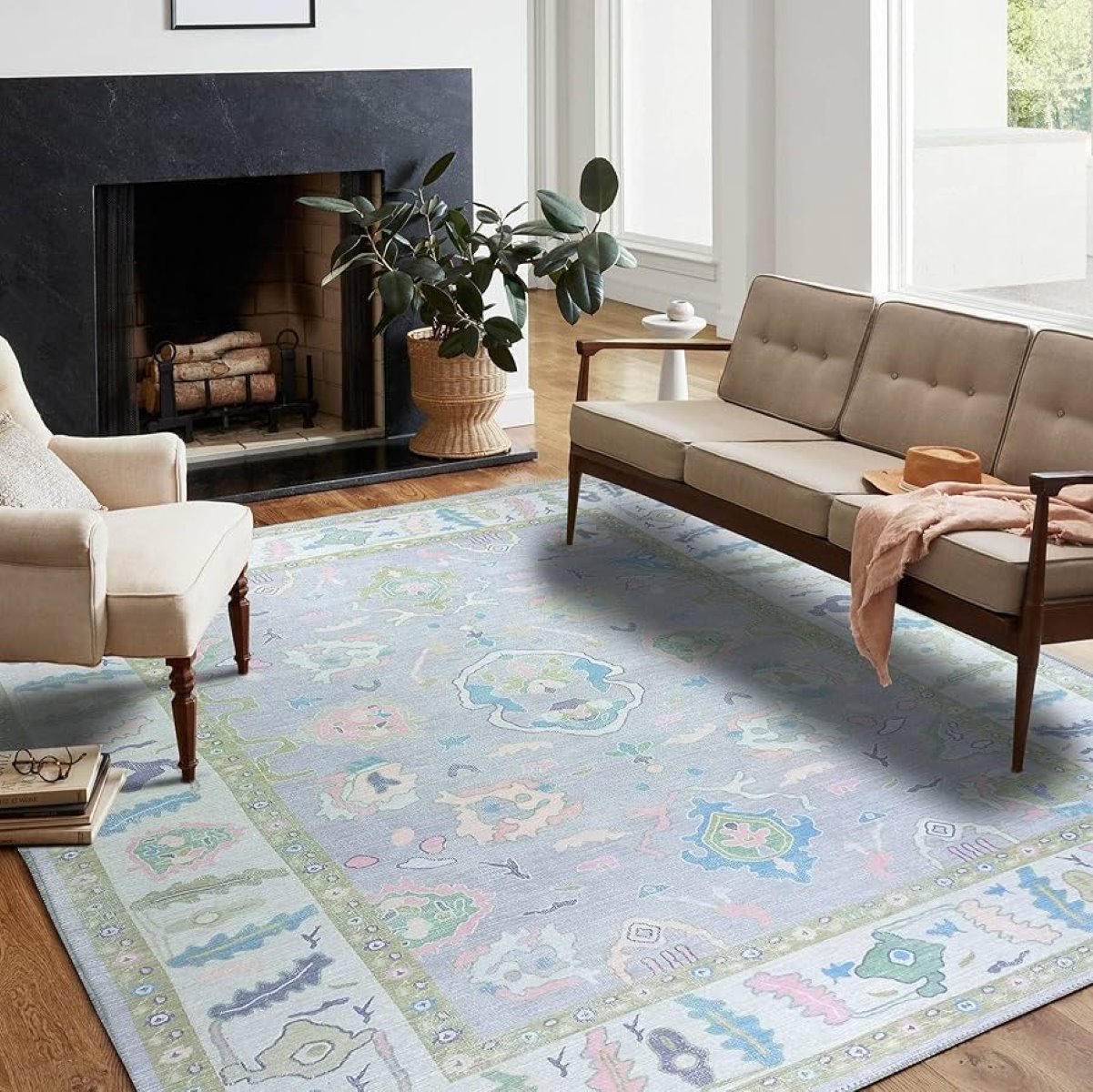
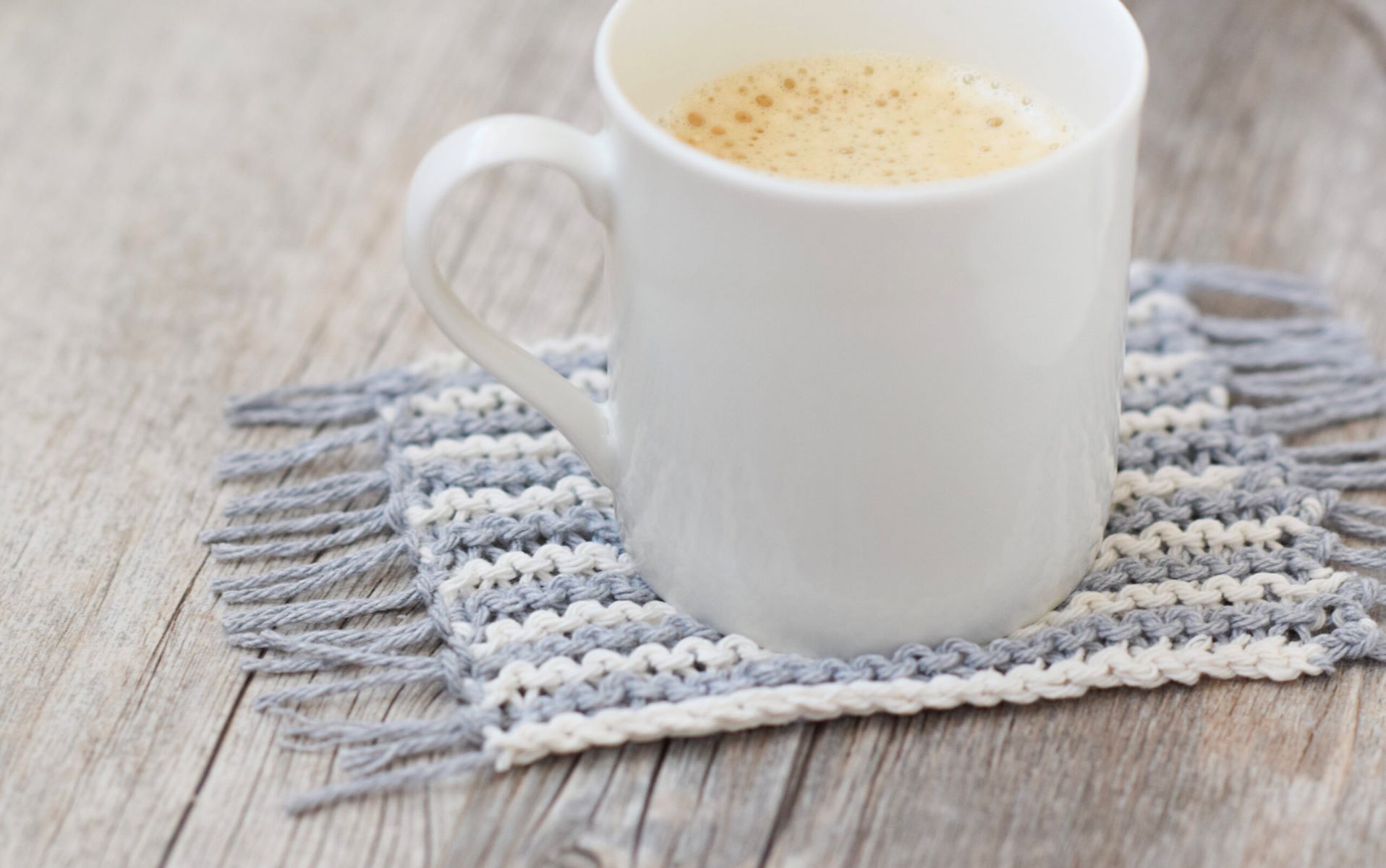
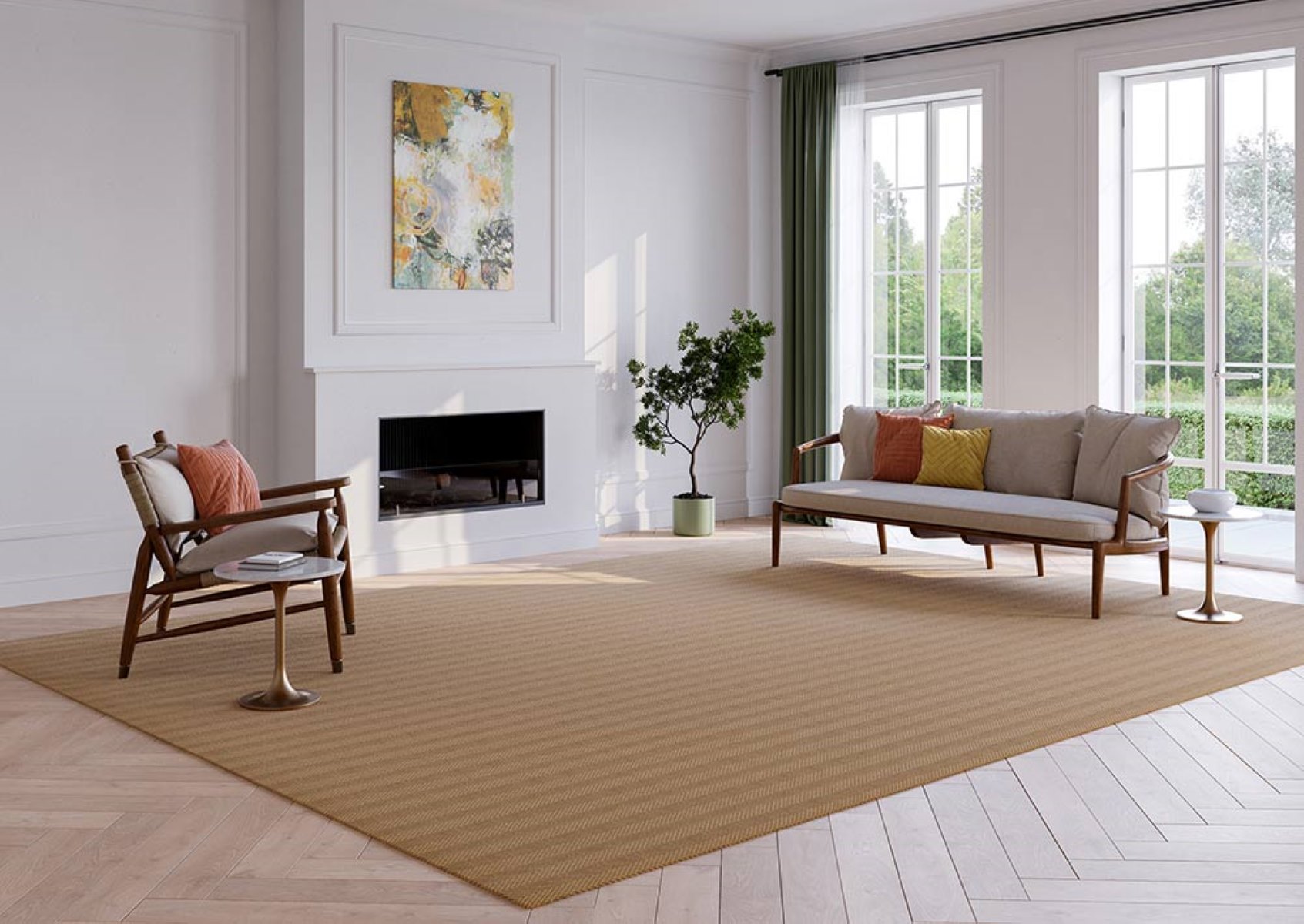
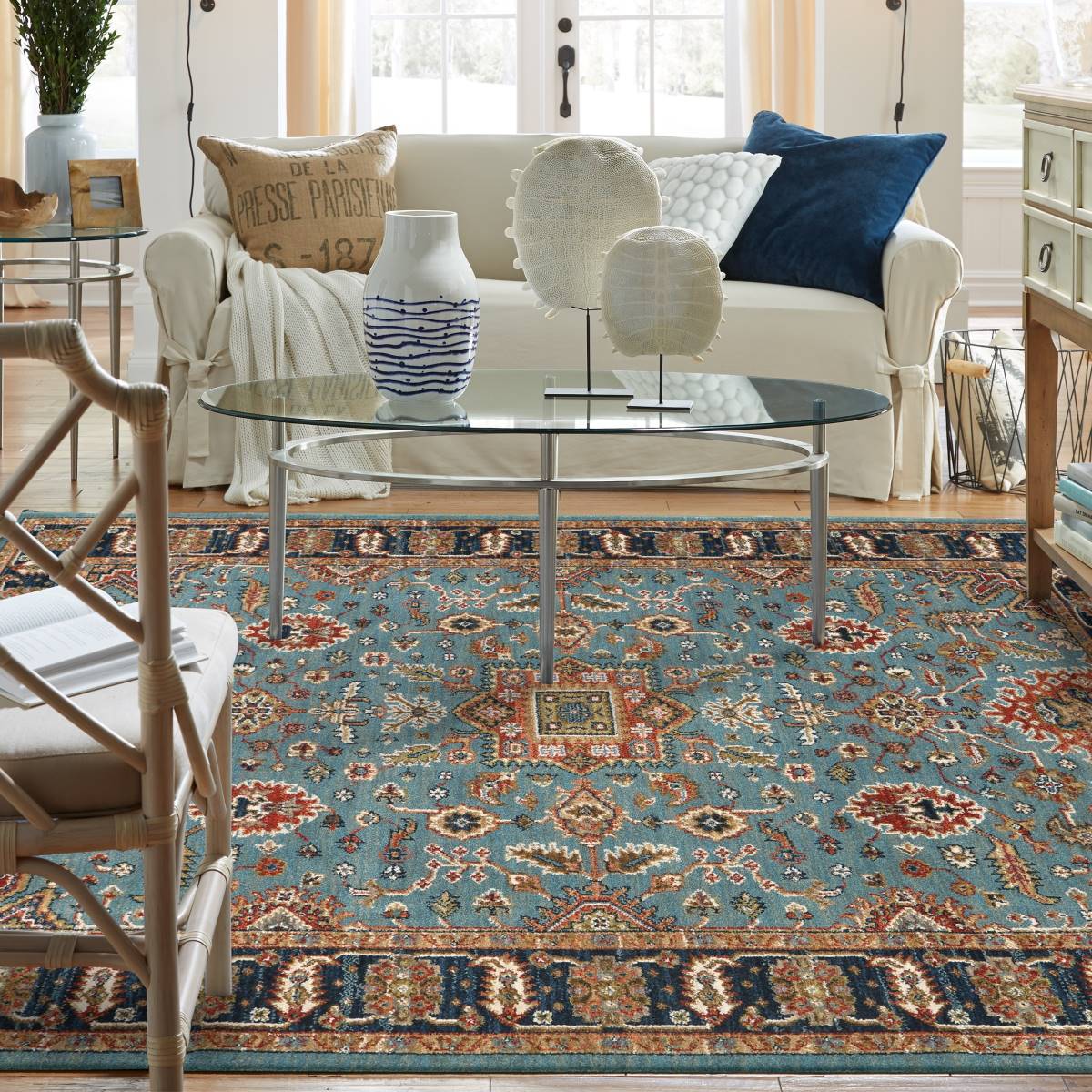

0 thoughts on “What Are The 4 Categories Of Navajo Rugs?”